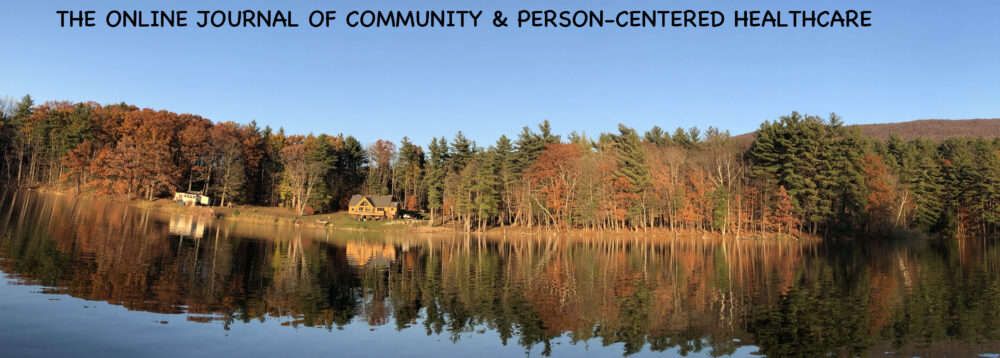Emily Burns, BA1*
Pauline Berens, BA, BS1
1Baylor College of Medicine, Houston, Texas
*Corresponding author: Emily.burns@bcm.edu
Keywords: skin harm, pediatrics, social media, psychosocial, adolescence, skin disease, acne
Conflict of Interest: None
Informed consent: Not applicable
Abstract:
Most U.S. teenagers use at least one form of social media. Social media usage in children has been associated with both positive and negative psychological effects. One contributor to the negative psychological impact of social media is cyberbullying. Children with skin conditions are more likely to be bullied by their peers. Consequently, children with skin conditions could be disproportionately impacted by increased social media use and the potential psychosocial sequelae. Further research is needed in order to properly advise patients and their families regarding the effects of social media usage on psychosocial development in this population.
CURRENTLY, over ¾ of U.S. teenagers use at least one form of social media. The relationship between social media use and adolescent mental health is related to both the quantity of social media use and the nature of the interaction. While a moderate amount of social media use can facilitate social engagement, higher amounts of use have been associated with increased rates of mental health issues. Additionally, one study found an association between passive social media use (such as to view others’ content) and declines in satisfaction with life. This association was not seen in those who used social media to interact actively with others. 1
Both acquired skin disorders and congenital anomalies have been shown to impact the self-esteem of children. Patients with acne report increased teasing and bullying relative to their peers, which can lead to significant negative psychological and emotional effects. Proper management of dermatologic conditions is associated with increased patient self-esteem.2
There is a current lack of data about the effects of social media usage on children with skin conditions. Social media usage in pediatric patients with skin conditions could have both positive and negative effects.
On one hand, social media has led to the rise of cyberbullying and “Facebook depression”. In the digital age, children and adolescents are increasingly likely to be cyberbullied, or bullied through electronic media. Children who are already at a higher risk of being bullied, such as those with skin conditions, could be particularly vulnerable.
“Facebook depression” is a term used to describe depression which develops after adolescents spend excessive time on social media sites. Adolescents who suffer from both offline depression and Facebook depression are at risk for developing substance use disorders, risky sexual behavior, or self-harming behaviors.3
On the other hand, social media accounts allow people with various skin diseases to connect with each other and create a platform to create awareness. A recent search of “#vitiligo” on Instagram yielded nearly 400,000 posts, including a picture of the recently released Barbie doll with vitiligo.
More research about social media usage in pediatric dermatology patients could yield helpful information for pediatric dermatologists and mental health professionals to understand the psychosocial impact of social media usage and skin disorders, and to better assess and treat these patients.
References:
[1] https://pediatrics.aappublications.org/content/138/5/e20162592
2 https://www.sciencedirect.com/science/article/pii/S235264751730093X?via%3Dihub
3 https://pediatrics.aappublications.org/content/127/4/800.full?sid=4add2868-6c2b-4513-908a-509af13c2b53
Author bio:
Emily Burns is a second-year medical student at Baylor College of Medicine. She has a Bachelor of Arts in Plan II from the University of Texas at Austin. Emily.Burns@bcm.edu
Pauline Berens is a third-year medical student at Baylor College of Medicine. She has a Bachelor of Science in biomedical engineering and a Bachelor of Arts in Plan II from the University of Texas at Austin.

